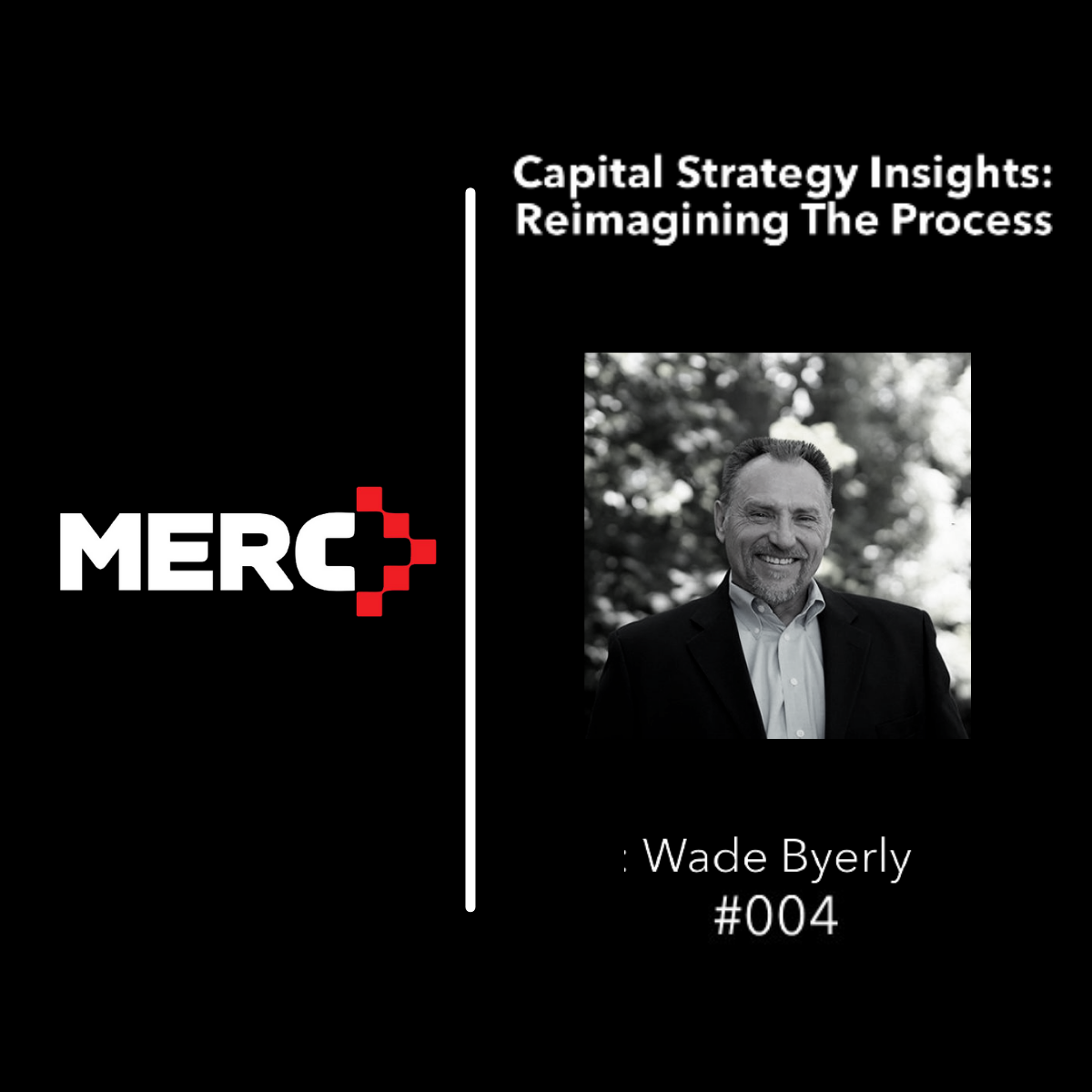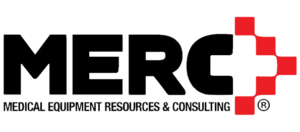Capital Strategy Insights: Reimagining the Process #004

10.11.2021
#004 Asset Value Contribution to Lifecycle – Part 3
In Post #003 we focused on the impact of asset value on funding decommissioning an asset or group of assets. Buyer acquisition, administrative costs, deinstallation costs, and logistics costs all need to be counted when replacing asset(s). At terminal failure the asset typically does not have sufficient equity to absorb these costs (negative equity), and these obligations will require additional owner funding.
There are three considerations when evaluating the remaining life of an asset:
- Appropriate Level of Care
- Reliability & Maintainability – Does the device work reliably? Is there a path to repair the device?
- Market Value – Does the device have value if it needed to be liquidated?
When any of these criterion hit fails or reaches zero, the device is at end of life.
The “appropriate level of care” concerns can be illustrated by the piece of equipment in storage. Everybody seems to have one. No one uses it because it is sub-par when comparing it to other similar devices in the fleet. It is not a repair issue; it is operating as it should, but it is just not as capable (features and performance) as other units. This lack of peer level functionality is essentially failure.
Reliability and maintainability are generally monitored by the good people in Biomed/Clinical Engineering. They have been testing, fixing, and monitoring parts availability for the medical equipment in the organization. Even relatively new devices can be problematic, and this team can tell which units are reliable and which units are lemons. They know which devices spend as much time in the shop as they do on the floor, and which parts are hard to find. They can tell you what is unreliable.
What role does market value play? When the device no longer has market value, it is can be a sign that one or both of the other criterion (level of care and reliability) are failing. This is typically the case with devices that have aged into obsolescence.
Are there times when a device loses value quickly while it still is reliable and meets the appropriate level of care? Here are several:
- Recalls impact equipment value because even “fixable” events can create concerns in the market
- When a manufacturer steps away from (abandons) a modality
- Equipment from a manufacturer that doesn’t have significant market share in a given modality
- A manufacturer sells off a division and the market becomes uncertain about the new buyer
- Newer models of a device can rapidly erode the value of the value of the legacy older models
All of the aforementioned events that affect asset value can also create concerns regarding level of care and reliability. This vicious cycle further erodes value.
(As a side note, when a manufacturer “sunsets” a device it contributes to a decline in value, but it does not necessarily mean the device immediately goes to zero market value. Popular and proliferate devices can be maintained by access to third party parts sources or by third party service providers, meaning that some devices can retain value past the sunset date – just saying.)
When market value reaches zero, consider that the asset is at terminal financial failure. It will now cost more to decommission and liquidate than its market value. Additional expenditures to keep it operational only add more costs to the total cost of ownership of the asset.
How to avoid negative equity? Since I am running out of space and time, we’ll cover this in greater detail in next post. Let’s just say it has to do with understanding market value and end-of-life costs. Until then…


